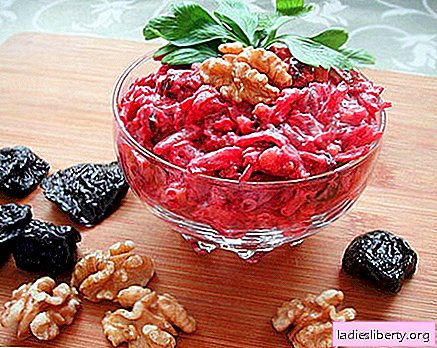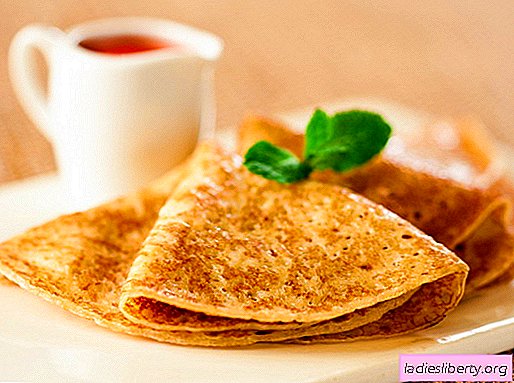
Attention: A new more detailed article about chickenpox in children with photos appeared on the portal.
Chickenpox (chicken pox) in children is an acute infectious disease characterized by slight intoxication and papular-vesicular rash on the skin and mucous membranes. The causative agent of chickenpox in children is a herpes virus of the third type, unstable in the external environment. As a rule, having been ill at a young age, a person receives a natural immunity to this virus for the rest of his life.
Infection occurs through airborne droplets. The name "chicken pox" itself suggests that the virus, spreading through the air, can infect entire groups of children. Although it is better to have it in childhood than in adulthood, as children suffer this disease much easier (this does not apply to babies under 1 year of age, whose immune system is not yet sufficiently formed to give the virus a fitting rebuff).
A patient with chickenpox is contagious one day before the appearance of the first lesions (vesicles) and until the fifth day after the appearance of the last manifestation.
Symptoms of chickenpox in children
After infection, the chickenpox virus stays in the child’s body for about 2 weeks without any symptoms - it prepares its attack. Then it makes itself felt by a sharp rise in temperature (up to 39 degrees) and a rash all over the body, in some cases - a headache, nausea, weakness.
Initially, the rash has the appearance of pink spots, which in a couple of hours turn into bubbles filled with clear liquid. They can affect not only the skin, but also the mucous membranes, such as the oral cavity. You can not touch them in order to avoid infection and secondary bacterial infection.
The bubbles itch, become covered with a crust, new ones appear on the site of the healing formations. Gradually, new eruptions are becoming smaller, and only drying crusts remain in place of the blisters. About a week later, they fall off on their own and leave no traces.
Treatment of chickenpox in children
Probably, there is no need to say that only a doctor should prescribe a treatment for chickenpox to a child on the basis of the examination. In general, it consists of bed rest and symptomatic therapy. That is, in the presence of fever, plenty of drink and the use of antipyretic drugs are necessary. But it should be remembered that churning high body temperature in children with chickenpox aspirin is strictly prohibited because of the high probability of complications from the liver.
It is interesting that the method of “treating” chickenpox known to us from childhood by smearing bubbles with green paint does not have a therapeutic effect as such. And yet, every mother, with the disease of her baby chickenpox, daily performs this ritual, examining the skin of the child and smearing fresh rashes. And although the crusts are formed regardless of whether the bubbles are smeared or not, doctors have nothing against this ritual. First, green paint additionally disinfects bubbles. And then, the mother thus controls the emergence of new rashes and feels calmer, which means that the child also feels more comfortable.
With chickenpox, children suffer from itchy skin, which causes them to comb their bubbles. Parents should help the baby to move this difficult time, distracting and entertaining him, because when combing the bubbles, the time of their healing increases and there is a danger of scars that will last for a lifetime.
You can alleviate the child’s condition by reducing itching by taking antihistamines. You can wear gloves on his hands so that he does not scratch the rash. During this period, it is important to provide the child with the most thorough hygiene and daily change of linen, including bed linen, and to prevent its overheating.











